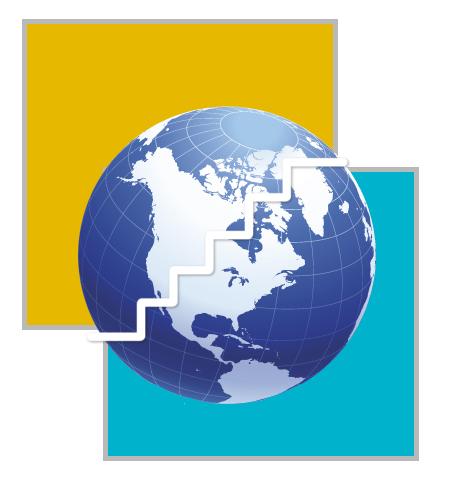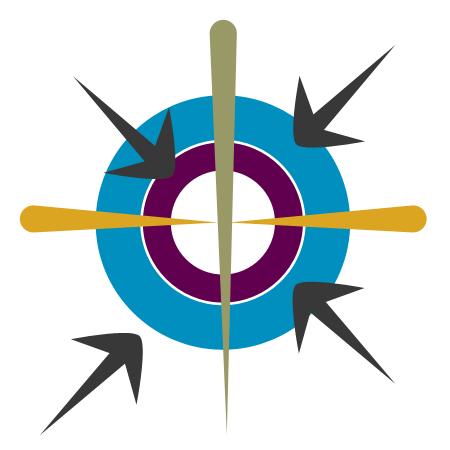MEDIA
ISLAMABAD: The cost of conflict between Pakistan and India in the Siachen area alone will cost India Rs 72,000 million and Pakistan Rs 18,000 million in the next five years. Together they will lose about 1,500 soldiers in the next five years in Siachen without fighting a war.
If the troops are mobilized in the future on the pattern of 2002 for a year, it will cost India 0.46 percent of GDP and Pakistan 2.25 percent of GDP. The bilateral conflict between the two countries depresses investment climate to undermine GDP growth rate by 2 per cent and both have incurred heavy diplomatic costs by blocking each other in different multilateral organizations such as ASEAN, ARF, UN Security Council, Commonwealth and OIC.
These are the findings of the Strategic Foresight Group�€™s (SFG) latest report, "The Second Freedom - South Asian Challenge 2005-2025", made available to The News.
"The object of this report is to examine the challenges facing South Asia in the next 20 years. In 2025, South Asia will have a population close to 2 billion, which was the world�€™s population in 1925, or ten times the world�€™s population in 225AD.
Does South Asia have the capacity to carry such an onerous responsibility?" asks Sundeep Waslekar, president of the SFG.
State of Economy:
While examining Pakistan�€™s economic life it says that this improves whenever its military leaders secure external aid or export manpower and it deteriorates whenever its external respiratory system is loosened.
In the current state of human development, India, Pakistan, Nepal and Bangladesh are almost 30 years behind their East Asian neighbours. In informal trade says the SFG the sub-continent is under the spell of the smugglers.
Of the US $2 billion informal trade between India and Pakistan, almost half is traded through third countries like Dubai, Central Asia and Afghanistan, while the rest is through cross border informal trade.
"His Majesty, His Military" is the provocative heading in which the report says that Nepal and Pakistan have concentrated on enriching His Majesty and His Military. "So long as these two institutions dominate the two countries, the rest of the population, except the small charmed circles around the monarchy and military, can be certain of gradual impoverishment. Economic democracy does not matter".
India and Bangladesh it appears do not need the monarchy or military to distort the economy. "They have bureaucrats, who can inspect, arrest, squeeze entrepreneurs and kill their entrepreneurial sprit. India�€™s inspection Raj will deliver an opportunity loss of US $2,000 billion in missed industrial growth over the next two decades", says SFG.
Extremist economy:
This is an area where one finds fault with the report because while some countries having an extremist economy are mentioned there is no mention of how this fares in India, where surely as the report shows there are large areas of insurgencies. Also one does not understand how Iran is dragged as a country with which Pakistan has a conflict which is far from true.
Red terror�€™s flirtation with green terror, is the chapter in which the report examines India�€™s North and North-east, leftist terror groups which it claims are turning to Islamic sponsorship for arms, funds and training. The report claims that flirtation of red terror with green terror is bound to turn the entire eastern part of South Asia into a colorful inferno between 2005 and 2025, most likely, during the 2010-2015 period. The most noticeable change is to be found in Assam.
South Asian terrorist groups are likely to replace Al Qaeda as premier global brands of terrorism. In 2005, the leading contenders are Harkat-ul-Jihad Islami based in Bangladesh and Lashkar e Taiba based in Pakistan. They may replace Al Qaeda as the brand leaders during 2005-2010, the report said.





